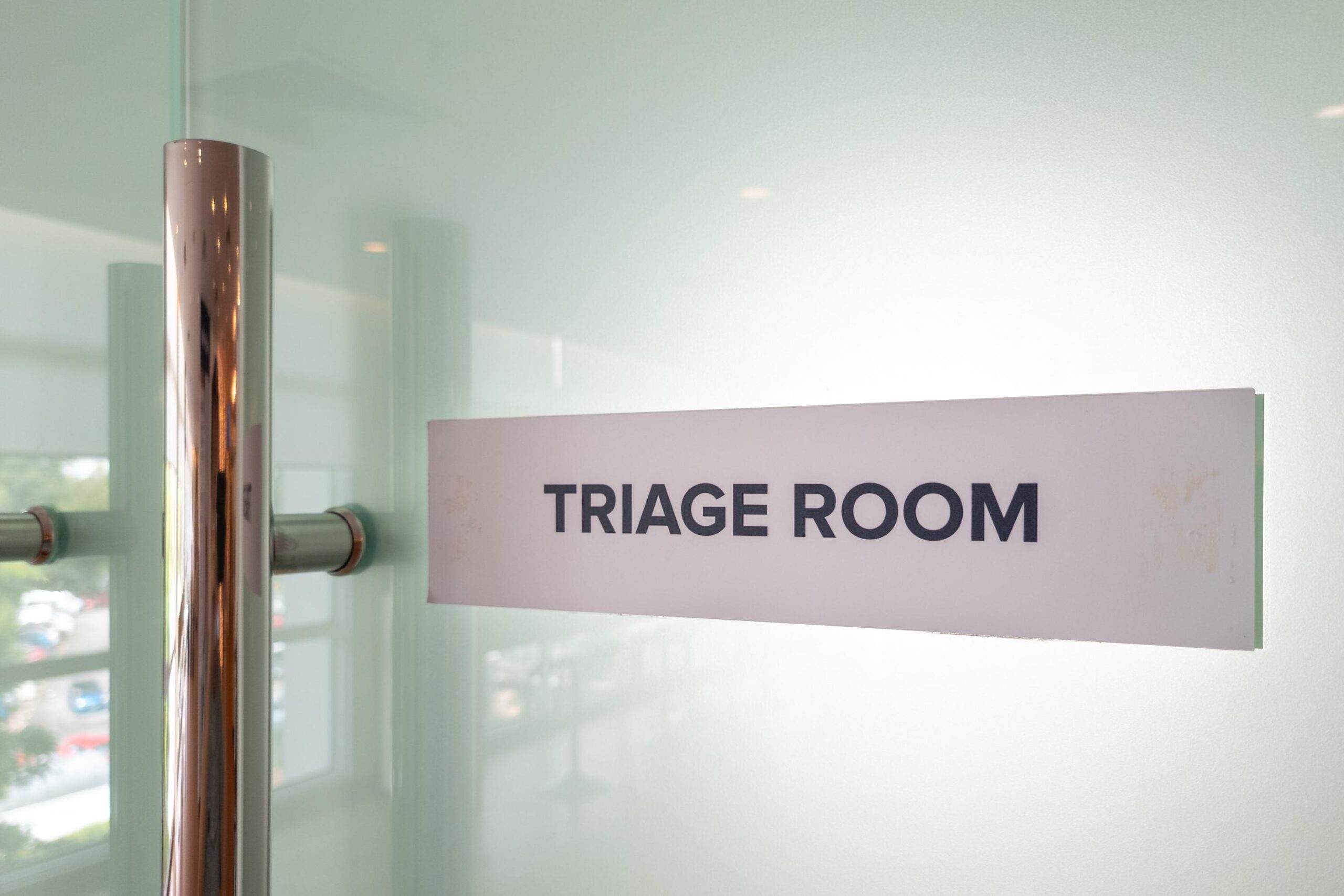Indoor signs are crucial for guiding visitors, enhancing branding, and communicating important messages within a space. Whether you are designing a sign for an office, a store, or a public facility, it’s important to consider several factors to ensure the signs are effective, visually appealing, and functional.
In this guide, we’ll walk you through the essential aspects of designing and installing indoor signs to help you make the right choices for your space.
Why Indoor Signs Matter
Indoor signs are more than just decorative pieces; they play a key role in how people navigate and interact with a space. From directional signs to room labels, these signs provide essential information to visitors, employees, and customers.
Properly designed signs can improve the overall experience and reduce confusion, helping people find their way easily. The right signage can also reinforce branding, enhance professionalism, and promote a sense of order.
Key Considerations for Designing Indoor Signs
Here are the most important factors to consider:
1. Legibility
The most important characteristic of any indoor sign is legibility. Ensure that the text on the sign is easy to read from a distance. Choose clear, simple fonts, and ensure that the text contrasts well with the background color.
Consider the size of the font and the spacing between letters to make sure the sign is visible and readable.
2. Materials
The material of the sign will determine its durability and appearance. Common materials for indoor signs include acrylic, wood, metal, and foam. Each material offers different aesthetics and levels of durability, so choose one that suits the environment.
For example, acrylic is a sleek and modern option, while wood offers a more rustic or traditional look.
3. Branding
Indoor signs should reflect the brand’s identity, especially in commercial spaces. Colors, logos, and fonts should align with the overall brand aesthetic to ensure consistency.
For example, a tech company might opt for minimalistic, modern signs, while a vintage shop could choose rustic signs with a retro feel.
4. Consistency
Consistency across all signage in a space is crucial for a cohesive experience. Ensure that the design of your signs follows the same style, font, and color scheme throughout the building. This helps visitors easily identify and understand the purpose of each sign.
Installation Tips for Indoor Signs
Here are some tips to consider:
- Placement: Signs should be placed in locations where they will be easily visible. Consider placing directional signs at decision points or near entrances to help people orient themselves. Room identification signs should be positioned at eye level to ensure easy visibility.
- Mounting: Depending on the material of the sign, you’ll need the appropriate mounting hardware. For example, metal signs may require screws, while acrylic signs can be mounted with adhesive strips. Always ensure the signs are securely attached to avoid accidents.
- Compliance: Make sure your indoor signs comply with any local regulations, such as accessibility standards. For instance, signs that need to be accessible to individuals with disabilities may require braille or tactile elements.
Conclusion
Indoor signs play a vital role in ensuring a seamless, organized, and visually appealing environment. By focusing on legibility, material choice, branding, and consistency, you can create effective signs that serve their intended purpose.
Proper installation ensures that your signs will stand the test of time while providing a helpful guide for everyone who enters the space. Whether you are improving an office or a commercial space, the right indoor signs make a significant impact on the experience of visitors and employees alike.
